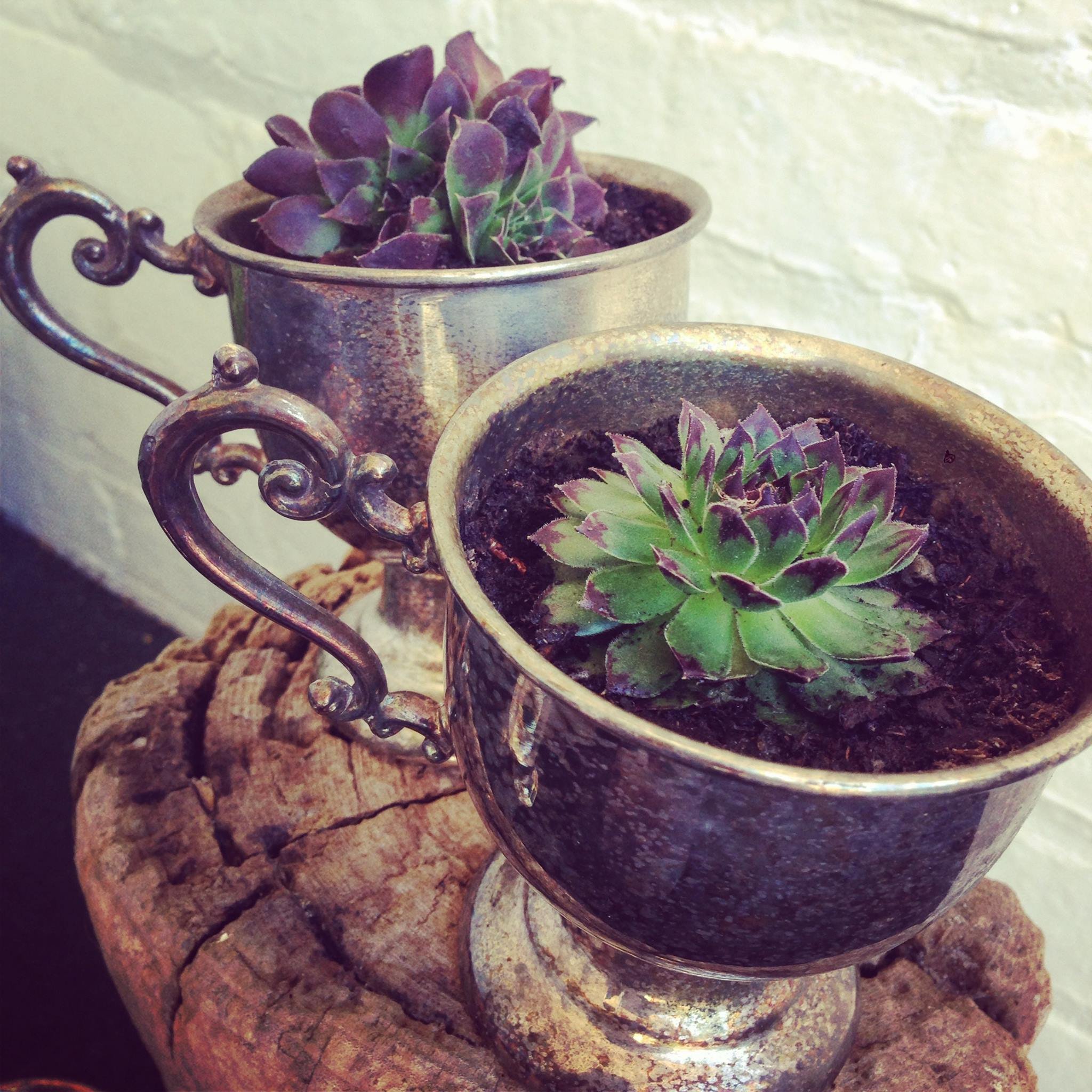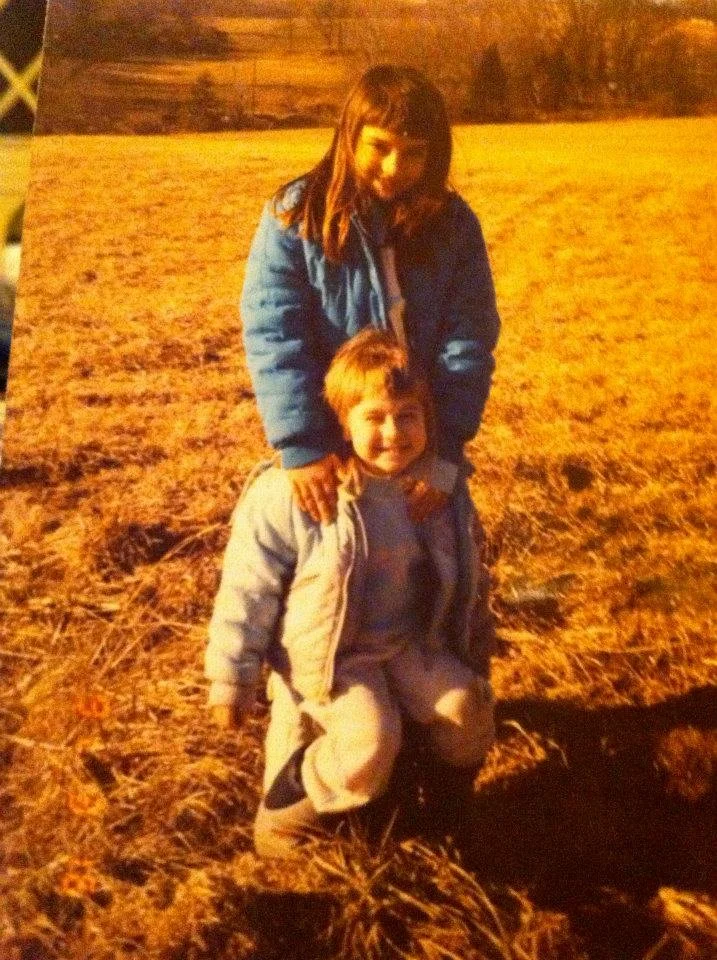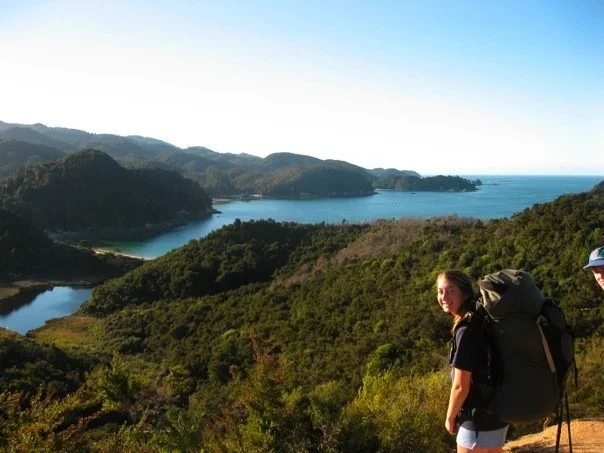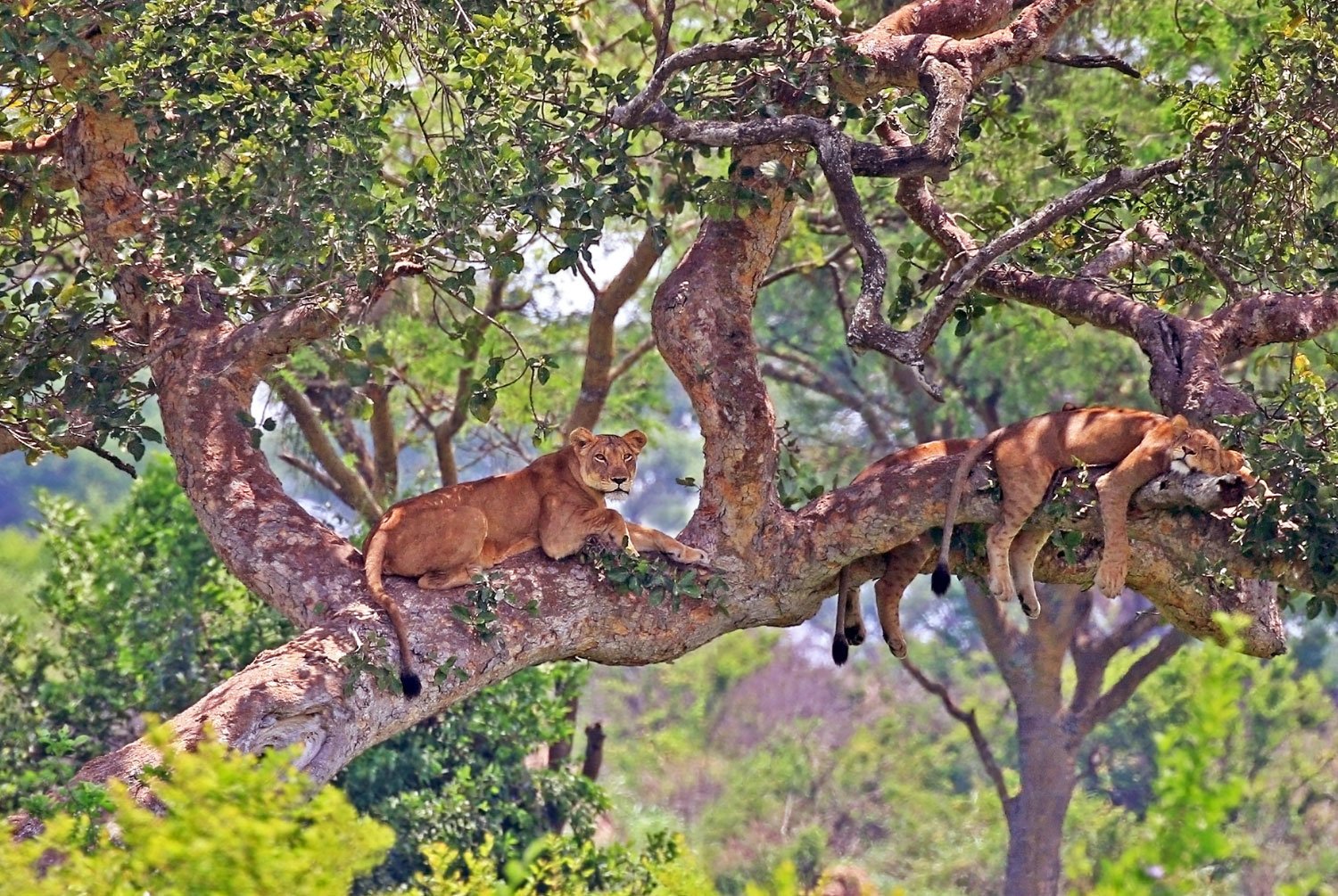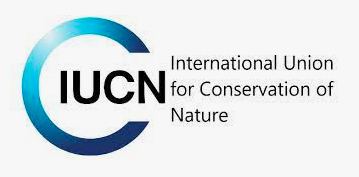Starting B.Willow, Thoughts on Nature, Environmental Projects!
I recently gave a PechaKucha style presentation at Current Space connecting our recent work in plant conservation to my upbringing and especially to my time in New Zealand. I hope you enjoy reading this!
“Hello everyone- tonight I’ll be sharing more about my experience starting B.Willow, thoughts on nature, and my environmental partnerships. In general, I focus on generating positive environmental change through awareness raising and fundraising. Over the years, I’ve become more aware and more passionate about plant conservation and plant poaching.
My undergrad is in psychology and my Master’s is in environmental science. In the summer of 2013 I got a business idea: what if I planted in repurposed containers and taught workshops about how indoor plants can serve as daily connections to nature, improving our mental and physical health? Everything that’s followed, has been considered through that lens.
For a while I’ve wondered, how can society truly lessen its collective impact if so many ppl feel disconnected to their natural surroundings OR, if they encounter barriers accessing these spaces? My instinct was that more people might be more conscious of their impact, more motivated to advocate for the environment, or simply more interested in learning about it if they felt a connection. B.Willow emerged from a desire to help others discover and/or maintain that connection.
I spent my childhood in rural Carroll County, MD playing in the woods, digging in mud, and gazing at stars unobstructed by light pollution. I was extremely lucky and privileged to play freely outside, benefitting from the feelings of awe and fascination that the natural world gives us, especially when we aren’t disturbing it.
Me (below) and my sister sometime in the early 90’s
When I was 11 my house got the Internet, and I couldn’t get enough of it. I still went outside, but not as much. I was focused on the instant gratification that I was experiencing by chatting on AIM or playing games. I forgot how I had once used nature as a safe place. Somewhere to retreat to when I was feeling sad or alone, always emerging feeling pretty content and resilient to life’s challenges.
In 2008, as a college junior I spent 5 months studying in New Zealand. The trip re-immersed me in nature in a way that I hadn’t experienced since I was a kid. I smelled smells that were so familiar, despite being so far from home. This trip changed my life and gave me the opportunity to step back and reclaim my appreciation and feeling of coherence with nature.
Two books from the program left a lasting impression on me. Last Child in the Woods by Richard Louv discusses how a lack of unstructured outside time can cause kids and adults to experience difficulty focusing, increased depression, stress and anxiety. The Spell of the Sensuous by David Abram examines our senses and how our bodies evolved in response to natural stimuli. Our mental and physical health are built around sensations and experiences that we can’t always create ourselves.
Prior to this trip, I never thought much about my senses, or how connected they are to our evolution as a species. For a long time, humans spent the majority of life outside practically bathing in sights, sounds, smells, etc. The biggest difference to now, is the prevalence of human-derived sensations. We all know how profound it feels to go somewhere remote without being bombarded by reminders of ourselves.
A quote from the Spell of the Sensuous, which left a lasting impression on me: “Caught up in a mass of abstractions, our attention hypnotized by a host of human-made technologies that only reflect us back to ourselves, it is all too easy for us to forget our carnal inherence in a more-than-human matrix of sensations and sensibilities. Our bodies have formed themselves in delicate reciprocity with the manifold textures, sounds, and shapes of an animate earth, our eyes have evolved in subtle interaction with other eyes, as our ears are attuned by their very structure to the howling of wolves and the honking of geese. To shut ourselves off from these other voices, to continue by our lifestyles to condemn these other sensibilities to the oblivion of extinction, is to rob our own senses of their integrity, and to rob our minds of their coherence. We are human only in contact, and conviviality, with what is not human”
I was fascinated by this quote and by research linking time in nature with better health. I decided to write my senior thesis about it. When we’re in nature we experience effortless fascination as we observe and sense our surroundings, which can actively relax us, compared to effortful directed attention (like scrolling on your phone) which can drain us.
My initial business idea was centered around the notion that bringing plants indoors is one way to merge the outdoors with built spaces. Plants break down the walls that we surround ourselves with, presenting opportunities for all sorts of sensorial stimulation: marveling at new growth, feeling the softness of leaves, getting your hands in the soil.
In 2014 I started my LLC and in 2016 I began conceptualizing a storefront and workshop space, which opened in March of 2017. I attribute my quick growth to a few things- not a ton of initial competition, securing a bank loan to build out the shop, and a real community need and desire to engage with nature and have conversations about it, especially in an urban setting.
In 2018, my friend Dr. Jared Margulies, ( now an expert on plant trafficking) asked to interview me about selling cacti, to help him understand why certain plant collectors were poaching them from the wild, driving cacti towards extinction. I was shocked and saw a need for myself to learn more about all of this, to make sure my plants were ethically grown and sourced, and to help make more people aware.
What do you see in this photo? If your immediate answer is a couple of big cats and not a tree, then you’re demonstrating plant blindness- a tendency to overlook plants in favor of animals. Two effects of this 1) plant conservation is underfunded and 2) fewer students pursue research or careers in botany. After learning this, I knew that I needed to help fundraise and promote awareness for plant conservation.
Jared set up a meeting for me to present my ideas to the co-chair of the IUCN Cacti and Succulent Specialist Group, Dr. Barabara Goettsch, and Dr. Kim McCue, director of Science at the Desert Botanical Gardens. This led to the creation of a formal partnership between all of us. Soon these ideas came to life, and I even got to tour the DBG’s conservation facilities.
We regularly raise money for CSSG, which then supports any global plant conservation needs. We donate $1 from the sale of specific plants: cacti, and others facing extinction. We also do our best to share information about plant poaching and conservation. The story surrounding our first donation even made it into the NY Times.
1300 Copiapoa cacti worth $1.2 million were poached from Chile and seized in Italy. Rather than keeping the plants there, the goal was to send them back to Chile. The CSSG coordinated this process, and informed me that neither country would agree to pay for remaining shipping costs, so B.Willow’s donation covered the rest. I couldn’t believe that my shop played a role in something like this.
We are now also partnered with the CPC, a group that conserves North American plants. We’re currently developing a line of goods featuring endangered US plants that need funding for continued conservation. We commissioned artist Lianne Plug to bring this idea to life- creating images that will be featured on free postcards and coloring pages with a QR code to endangered plants’ sponsorship pages, tote bags- the sale of which will include a donation, and more to come!”

